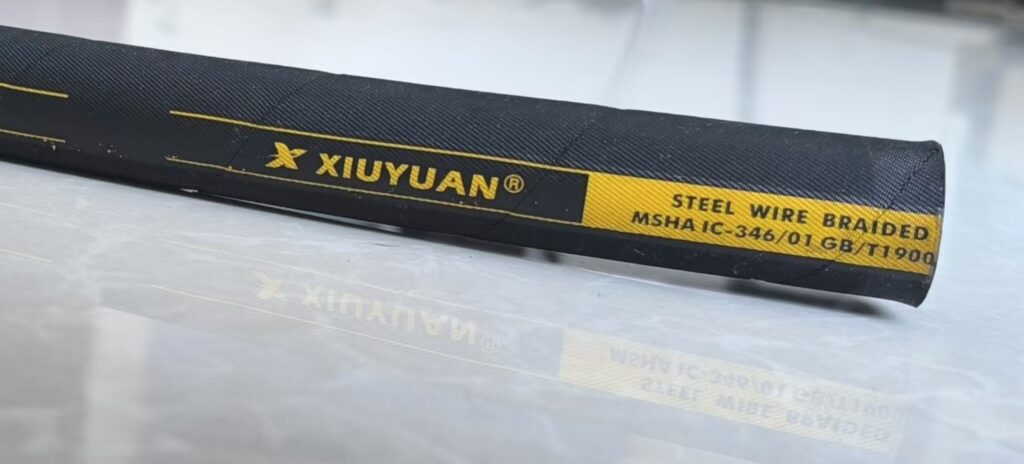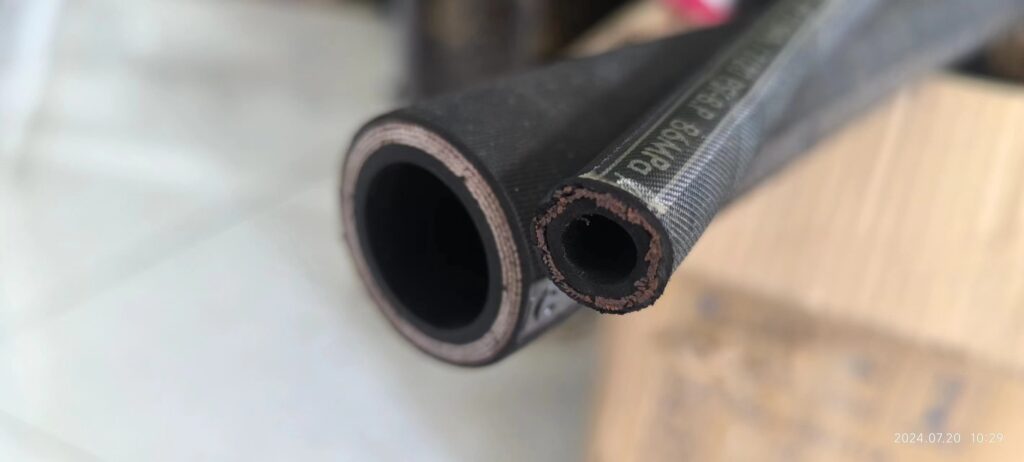Introduction:
Hydraulic hoses play a crucial role in various industries, powering machinery and equipment with hydraulic systems. However, improper storage of hydraulic hoses can lead to degradation, reduced performance, and shortened lifespan. In this article, we will explore some effective methods for storing hydraulic hoses to ensure their longevity and optimal functionality.
Clean and Inspect:
Before storing hydraulic hoses, it is essential to clean them thoroughly to remove dirt, debris, and contaminants. Use a mild detergent and water solution to gently clean the hoses, avoiding harsh chemicals that could damage the rubber or other components. After cleaning, inspect the hoses for any signs of damage, such as cuts, abrasions, or leaks. Replace any hoses showing signs of wear to prevent potential failures during storage or future use.
Proper Coiling:
Coiling the hydraulic hoses correctly is crucial to avoid kinks, twists, and unnecessary stress. Here are the steps to follow:
Straighten the hose: Lay the hose out on a clean, flat surface and ensure it is free from any bends or twists.
Coil the hose: Start at one end and coil the hose in large, even loops, without crossing or overlapping the hose. Maintain a smooth and consistent coil to prevent kinks or pressure points.
Secure the coil: Once the hose is fully coiled, use nylon straps, zip ties, or rubber bands to secure the coil. Avoid using metal wires or zip ties that are too tight, as they can damage the hose.
Protection from the Elements:
Properly protecting hydraulic hoses from environmental elements is crucial for their longevity. Consider the following measures:
Store indoors: Whenever possible, store hydraulic hoses in a clean, dry, and climate-controlled environment. Exposure to extreme temperatures, UV rays, moisture, and chemicals can deteriorate the hoses over time.
Use hose covers: If storing hoses outdoors or in an area prone to dust or debris, use protective hose covers. These covers shield the hoses from direct sunlight, abrasion, and contaminants, prolonging their lifespan.
Elevate from the ground: Store coiled hoses on a rack or a raised platform to keep them off the ground. This helps prevent moisture absorption, potential damage from pests, and contamination from dirt or chemicals.
Labeling and Organization:
Maintaining an organized storage system for hydraulic hoses simplifies identification and minimizes handling errors. Consider the following practices:
Label and tag: Attach labels or tags to each coiled hose, indicating its size, length, and specifications. This labeling system will make it easier to locate the required hose when needed.
Inventory management: Implement an inventory management system to keep track of the number of hoses, their condition, and their storage location. This helps ensure timely inspections, replacements, and proper rotation of hoses to prevent stagnation.
Periodic Inspections:
Even when stored properly, hydraulic hoses should undergo regular inspections to identify any deterioration or damage. Establish a maintenance schedule to inspect stored hoses for signs of wear, leaks, or any other issues. Replace or repair damaged hoses promptly to maintain optimal performance and avoid unexpected failures.
Conclusion:
Storing hydraulic hoses correctly is essential for their longevity and reliable performance. By following these effective methods, such as proper coiling, protection from the elements, labeling, and regular inspections, you can ensure that your hydraulic hoses remain in optimal condition, reducing the risk of failures and improving operational efficiency in the long run.





